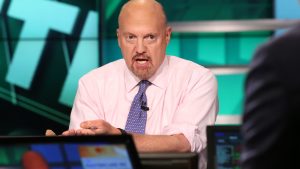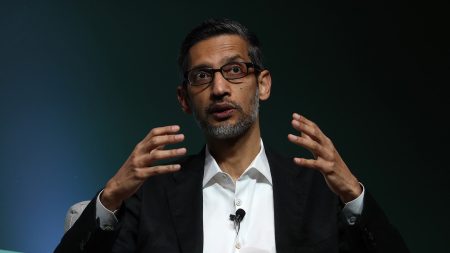In recent times, Americans have witnessed a spike in inflation levels, reaching the highest point since the early 1980s. Food prices, which make up 13.5% of the total index, have been significantly impacted. The rising cost of food has put a strain on those with lower incomes and retirees living on fixed incomes, as they see the effects of these higher prices every time they visit the grocery store.
Inflation occurs when the demand for goods and services surpasses the supply, leading to a rise in prices. Food inflation, when compared to overall inflation, has shown a similar trend over the years. The consumer price index (CPI) is used to measure the rate of inflation, tracking changes in the prices of a basket of goods and services that consumers typically purchase. This basket includes various categories such as housing, apparel, transportation, food and beverages, medical care, recreation, and other goods and services.
Historically, the CPI has averaged 3.54% annually since 1950, with food inflation coming in at 3.36% per year. The comparison remains consistent when looking at the period from 1980 to the present, with CPI at 3.34% and food inflation at 3.05%. Despite slight variations, food inflation has tended to be slightly lower than total inflation. However, recent years have seen a notable increase in food prices compared to total inflation, especially during the most recent rounds of inflation.
Looking at specific food items over time, the price increase has not been excessively high. For instance, the price of a gallon of milk has risen from $0.83 in 1950 to $3.96 in 2023, representing a yearly increase of 2.16%. Comparatively, from 1980 onwards, milk prices rose by 2.82% per year. While there have been fluctuations in the prices of certain food items, the overall trend has shown a steady increase in prices, with bacon and white bread experiencing the most significant price hikes.
As the economy navigates through these inflationary times, the Federal Reserve aims to achieve a 2.0% target for inflation. However, the Fed’s efforts to raise interest rates to curb inflation are being contradicted by the federal government’s excessive spending, which is stimulating the economy. This conflicting approach from monetary and fiscal policies is likely to persist, particularly as it is an election year with politicians focused on spending to garner votes. The discord between the two policies makes it challenging for the Fed to reach its inflation target on its own, posing a significant hurdle in the fight against rising prices.















